M
Leave a Legacy of Giving
You can support our mission of changing lives by saving sight in multiple ways!
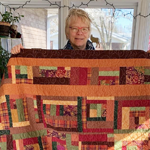
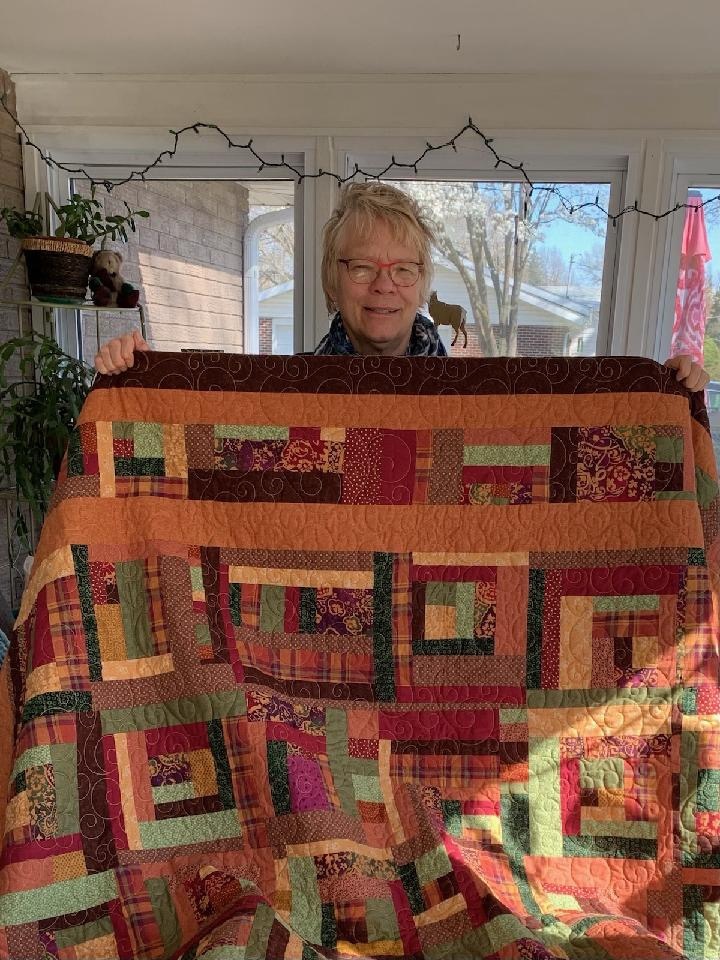
Awaiting Corneal Transplants
While healing from her DVT blood clot, Connie wasn’t sure if she would ever be able to have her corneal transplants because she was having trouble both walking and seeing. “I reached out to the Springfield Missouri Council of the Blind and they were a great help. They brought me magnifying glasses and books on tape through Woolford Library. Everything they do is free, and they even brought me the best sunglasses. It was so easy, and they were so kind – I appreciated it so much.”
Connie, 72, says she lives about an hour outside of Springfield on 100 acres and in a home she built about 40 years ago. The Council of the Blind came out to her house since she wasn’t able to drive. “I’m not ready to give up my land and my house. They helped me out enough that I can not only survive out here but thrive.”
Corneal Transplantation Experience
“For the last ten years, I had been dealing with Fuchs dystrophy. I think I could have lived with Fuchs a little bit longer, but my cataracts started to get really bad,” says Connie.
“My surgeon, Dr. Seagrave, was just exceptional and so was his nurse Barbara. My experience was a surgery that lasted about an hour and there wasn’t any pain involved.” Dr. Seagrave was able to perform her cataract surgery and corneal transplant surgery at the same time. “He said doing them together was the most efficient and it gave me less overall healing time. That’s why I like Dr. Seagrave, because I felt he was up to date in procedures. It was wonderful only having two surgeries instead of four.”
Life After Transplantation
“I can’t tell you how much it means to have my vision back.” Connie can get back to her fabric studio in her home. “I used to do a lot of intricate handwork. I love quilting and embroidery. I was noticing how bad my vision was getting because it was getting hard to see to do that. Now I’m able to do it again! I did an incredible quilt for my daughter this year with lots of precision cutting.”
Connie has also always been a huge reader and it was challenging for her not being able to read print. She’s happy to see to read again, though she still isn’t able to read regular print easily. She has been reading on a backlit Kindle since she was first diagnosed.
Connecting Through Saving Sight’s Correspondence Program
“I wrote a letter to the donor families. My whole philosophy of life is to just be grateful for what you have. When I had the corneal transplant, it was like getting a superpower. When this happened and it worked, I just realized how lucky I was. If somebody hadn’t donated corneas, I wouldn’t be able to see.”
“I decided to wait to write the letters until both transplants were done. I thought, what a heavy letter. I wanted to say thank you and tell them how much it really changed my life.”
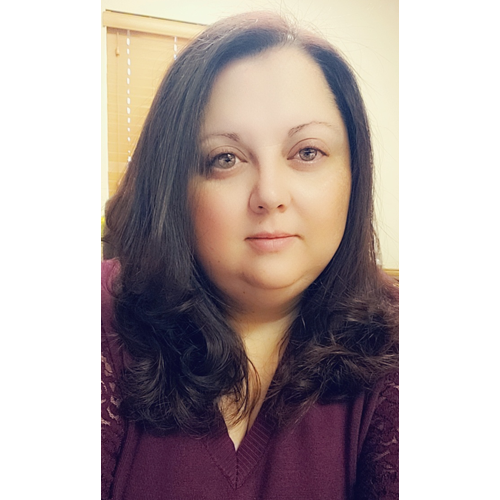
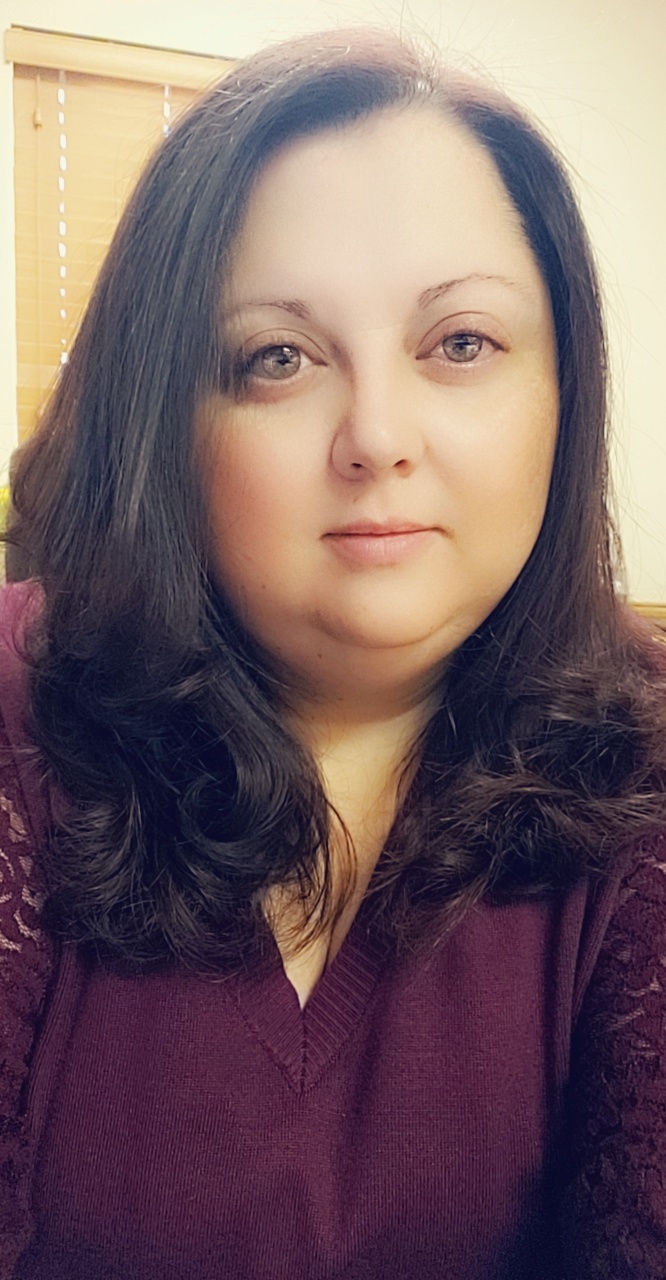
“I got lucky and had one of the most compassionate surgeons from my area, Dr. Shachar Tauber. When I went in for my cornea consultation, I cried as I am young – I’m only 37. Going into it, it was very scary. I went in the day of my surgery feeling extremely nervous. After a few hours, everything went well, the old cornea was removed, and the new cornea put in. I left with a beautiful blue eye with 16 stitches. My son was amazed because I naturally have brown eyes and the next day, when taking the bandage off, I had a shiny new blue eye,” she says, adding her eye eventually turned back to her natural brown color.
“During my follow-up appointment, I opted to ask about my donor.” Stephanie learned her donor was a 59-year-old female. “I opted to write the family a thank you letter, but never received anything in return and that is ok because I just wanted them to know how grateful I was to them for the gift of sight.” She adds that prior to her transplant she hadn’t considered how much receiving a cornea transplant affects you mentally, especially considering how it impacts your vision.
“Many people only think about the main organs like hearts, lungs, kidneys, livers, but never really your eyes. You see, every day that I look out of my eye and I can see and I can’t help but think of my donor and her family. Because she and her family opted to be a donor, I now can see. I can see to craft, I can see to drive, I can see to work, and most importantly I can see to watch my son grow into a young man.”
“I don’t think people truly understand the importance of being an organ donor. It can help save lives, but it can also be just as important to someone else who needs an organ as small as a cornea…because of someone else I am able to see, and I will forever be grateful.”
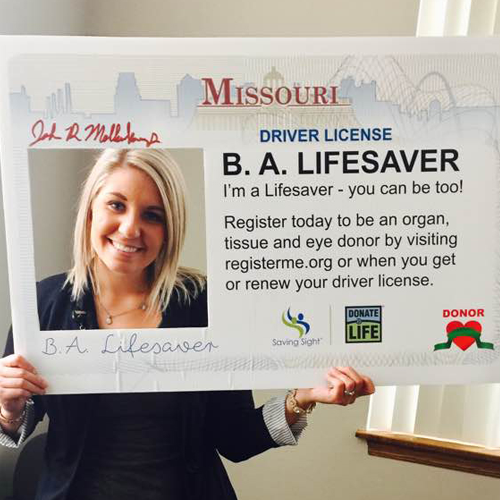
Saving Sight is committed to working with hospital partners across our region to facilitate the gift of eye donation. From supporting each donor family to maximizing every opportunity for donation to occur, we couldn’t make corneal donation and transplantation happen without our partners. A key component in our success in working with hospital partners lies in the work of our Hospital Development team.
Hospital Development (HD) is responsible for developing and implementing strategies to ensure Saving Sight and its donation partners carry out a lean and effective donation process, maximizing the opportunity for donation to occur. Our Hospital Development Managers oversee HD territories and manage relationships with assigned donor hospitals and other area partners that we work with to facilitate eye donation. They work with hospital staff from leadership to chaplains to nurses and physicians, and also work with medical examiners, coroners, investigators, funeral home directors, organ procurement organizations, and the general public.
Working with these partners allows the HD team to build and foster relationships that drives a strong foundation for donation. A large part of that is being a liaison and advocate for the partner and donation, as well as providing education opportunities on the process and about donation in general. Though our HD Managers meet with partners in their territory all year round, November and April are huge months for the team. November is Eye Donation Month and Saving Sight joins the Eye Bank Association of America and eye donation community in honoring and celebrating the gift of sight. April is National Donate Life Month and Saving Sight joins the Donate Life community and other organ, eye and tissue procurement organization nationally in honoring the legacy of organ, eye and tissue donors and celebrating the gift of life for recipients. Both observances allow our team to say a special thank you to our partners for their work in the journey and to share inspirational stories of hope and healing through donation with them.

Territory 1 & 2
816-255-1373
Kansas City, MO

Territory 3
417-569-1270
Springfield, MO

Territory 4
314-584-1712
St. Louis, MO

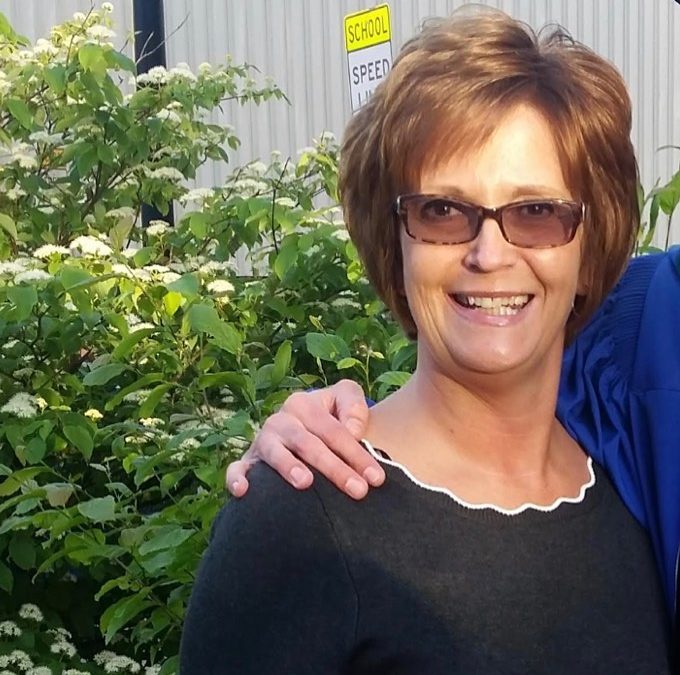
“I was diagnosed with Fuchs Dystrophy in 2007, in 2010 I had corneal transplants in both eyes. In September 2020 I needed a cataract removed in my right eye which lead to another cornea transplant. I am so grateful for cornea donors. I wouldn’t be able to see without them.”
Share Your Story with Saving Sight
Have you benefited from one of Saving Sight’s programs? If so, we would love to hear how it made an impact on your life. Each year, Saving Sight’s vision programs change thousands of lives, and our recipients’ stories are one of the most powerful tools we have to communicate our mission. When we can illustrate our mission well, we can help even more people.
If you’re interested in sharing your story for our communications, please fill out the form on this page to let us know a little bit more about your experience. Afterward, a Saving Sight representative will contact you with more information about how you can become an advocate for our sight-saving work.
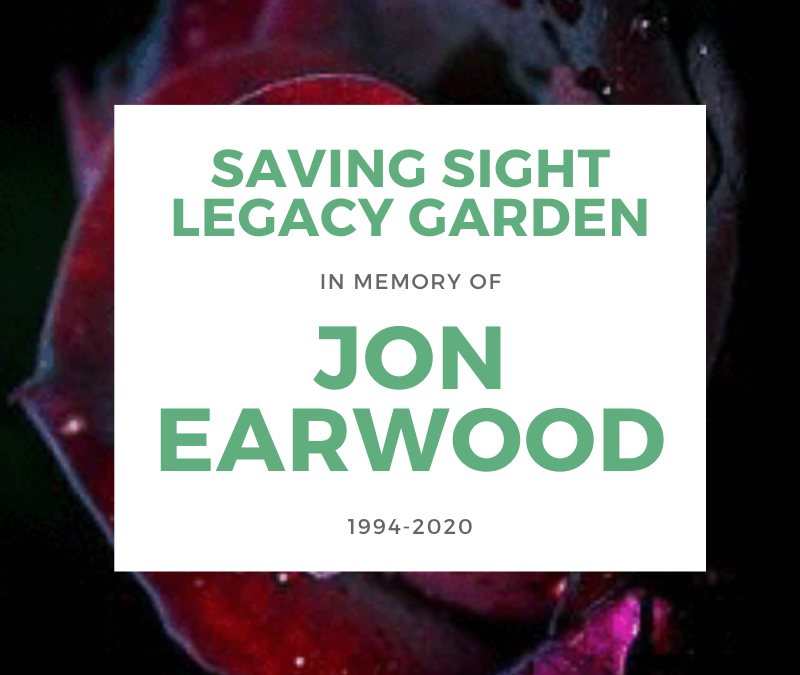

In memory of Jon Earwood, 1994-2020
“Jon was a kind and genuine man. He always had a smile on his face. He loved being outdoors fishing or riding his motorcycle, singing and playing his guitar, and spending time with his family and friends. He loved his job as a welder helping the farming community. But most of all he loved being a dad to his son Thomas.” – Ashton